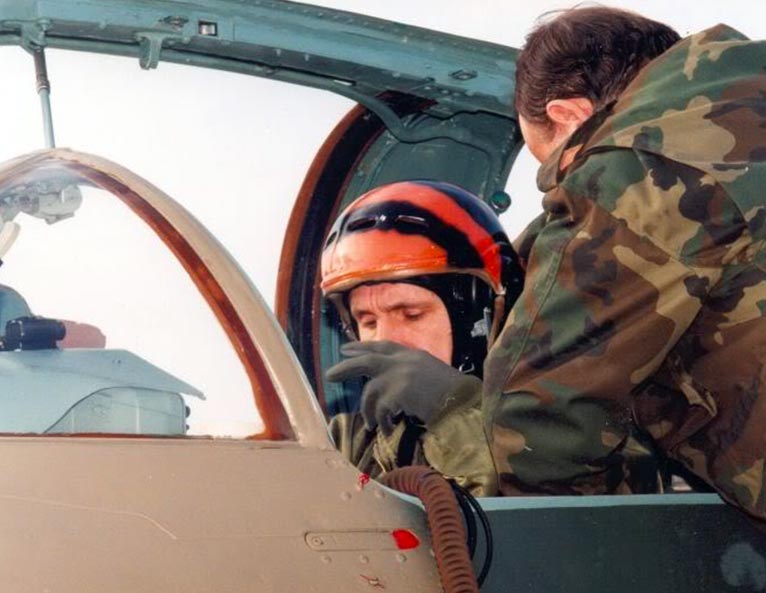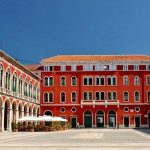Browse through Croatian history for this week, you may be surprised by what you read…
January 29
Born on this day in 1980 was Ivan Klasnić, a Croatian retired footballer who played as a striker. He moved to Werder Bremen in 2001 after helping his previous team to promotion to the Bundesliga. He scored 49 league goals in 151 appearances with Werder Bremen, winning a league and cup double in 2004. Klasnić played also for the Croatian national football team. In 2007, Klasnić underwent a kidney transplant, and became the first player to participate in a major tournament (UEFA Euro 2008) after a transplant. He also represented Croatia at UEFA Euro 2004 and the 2006 FIFA World Cup.

January 30
Ante Topić Mimara died on this day in 1987 in Zagreb. He was a controversial Croatian art collector and philanthropist. He donated his collection of more than 3,700 artefacts, ranging from the prehistoric to the 20th century periods to the National Museum of Serbia in Belgrade and the Mimara Museum in Zagreb. In post-war years, Mimara was a consultant to the Yugoslav military mission in Berlin and Munich, where he worked on returning plundered works of art to Yugoslavia. He sold the Cloisters Cross to the Metropolitan Museum of Art.

January 31
Dušan Džamonja, born on 31 January of 1928, was a contemporary Croatian sculptor of Macedonian ancestry. His works are in numerous public and private collections, museums and galleries in the country and abroad. However, his most notable works are: Park of Sculptures, near Vrsar, a famous and cultural tourist attraction and the monument to the Revolution (1967), World War II memorial in Podgarić, Croatia. He has designed many monumental memorial complexes. These include: the monument to the Revolution on Mrakovica Mountain, Kozara National Park, Republika Srpska, Bosnia & Herzegovina and the Memorial Ossuary to the Fallen Yugoslav Soldiers of the First and Second World Wars in southern Italy, Barletta. He was a recipient of numerous awards and was an academician with both Croatian Academy of Sciences and Arts and Serbian Academy of Sciences and Arts.
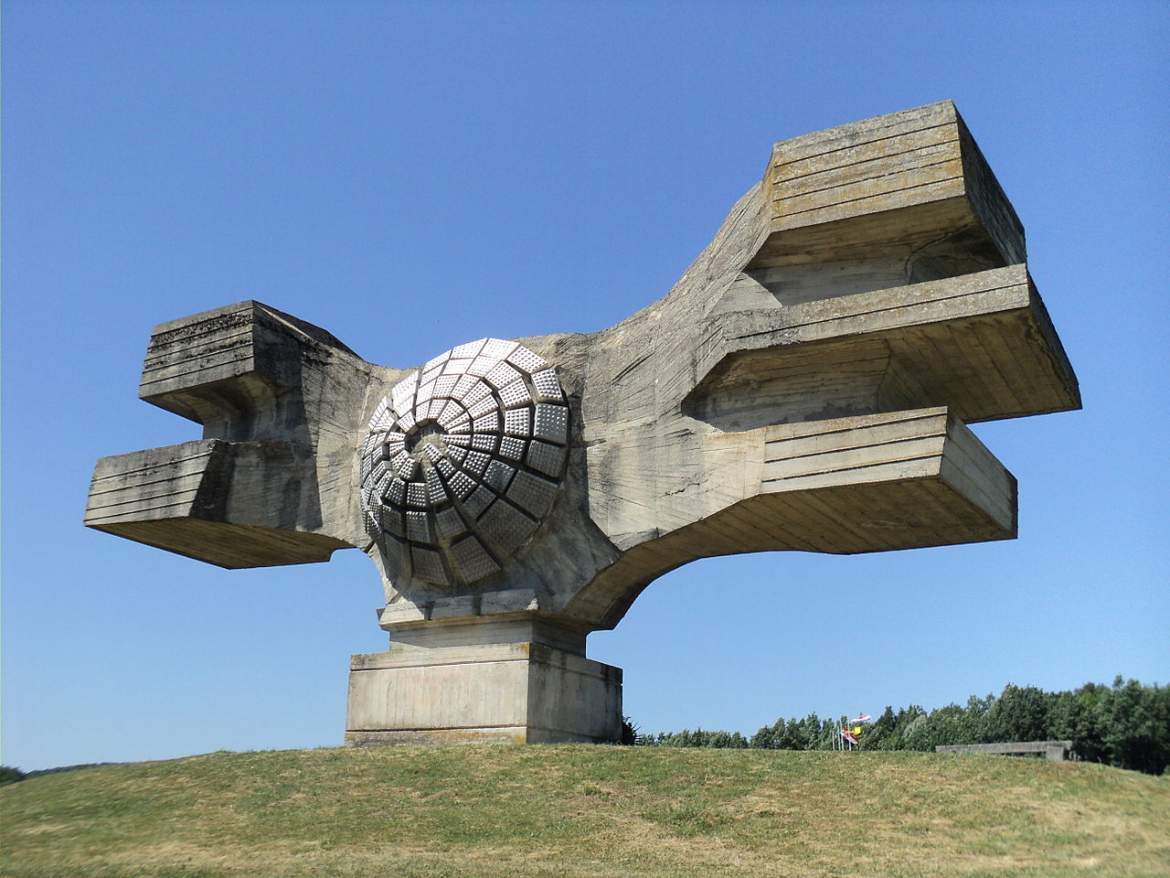
February 1
Born on the first day of February in 1932, Vanja Drach was a Croatian theatre and film actor. His film and television credits include H-8, Lud zbunjen normalan, Gospa, Charuga, Kapelski kresovi, Nikola Tesla, Svjedoci. Between 1957 up to his retirement in 1998, he acted in the Croatian National Theatre in Zagreb, apart from the period 1975–81 when he was member of the troupe Teatar u gostima. In 2005 he received the Vladimir Nazor Award for lifetime achievement in theatre. He died in 2005 from lung cancer.
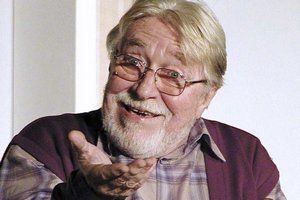
February 2
Franjo Kuharić, a Croatian Roman Catholic cardinal, was elevated in 1983 by Pope John Paul II into the cardinalate as the Cardinal-Priest of San Girolamo dei Croati. He retired from his see after over two decades of service in mid-1997. He served as the Archbishop of Zagreb from 1970 until his resignation in 1997. The cardinal was often referred to as the “Rock of Croatia,” known for his defense of human rights and his urgings of peace and forgiveness during the independence conflict and the Bosnian War. Kuharić was also a vocal supporter of the cause for the canonization of Cardinal Alojzije Stepinac (who had ordained him as a priest in 1945) and worked to rehabilitate the image of the late cardinal during his episcopate while working towards Stepinac’s 1998 beatification held in Zagreb. His cause for canonization commenced on 11 March 2012 and he has been titled as a Servant of God.
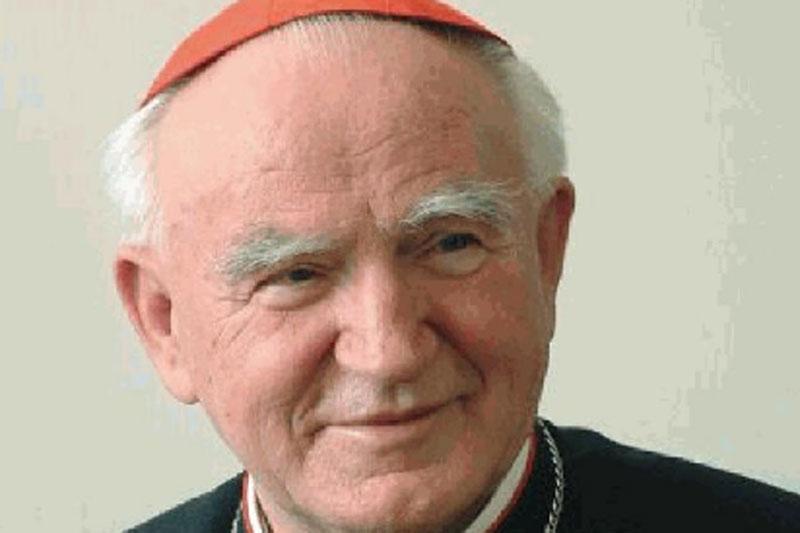
February 3
The day of the protector of Dubrovnik, St Blaise (St Vlaho in Croatian), has been celebrated as Dubrovnik Town day since the year 972. Images and statues of St Blaise mark the Old Town walls and entrances. Celebrations of this saint were listed among UNESCO intangible heritage in 2009. The traditional celebration begins the day before, with the release of white doves, symbols of freedom and peace, and the hoisting of St Blaise’s flag on Orlando’s Pillar, the oldest preserved public monument in Dubrovnik. The celebration itself offers the best insight into Dubrovnik’s traditions, history, way of life and sacred beliefs.
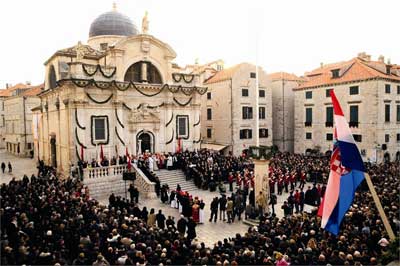
February 4
On 4 February 1992, Yugoslav air force pilot Danijel Borović flew his MiG-21bis to Croatia and defected. As a Croat he could not stand by and observe the brutal was unleashed by the Yugoslav Army on Croatia and Slovenia. It was a time when many Slovenians and Croats left the Yugoslav Army. After the defection of another Croat pilot Rudolf Perešin in October of 1992, Croat pilots and their families were under special surveillance. In the beginning of 1992 Borović was returned to active duty. Any notion of defecting from his base in Željava had to be coordinated with the simultaneous escape of his wife Snježana and 5-year-old son Vanja to Croatian-controlled territory. He later fought on behalf of Croatian forces in the Yugoslav Wars and survived to this day. That aircraft was the first MiG of the Croatian Air Force. With the formation of the Croatian airforces, he was given command of the 1st Fighter Squadron.
